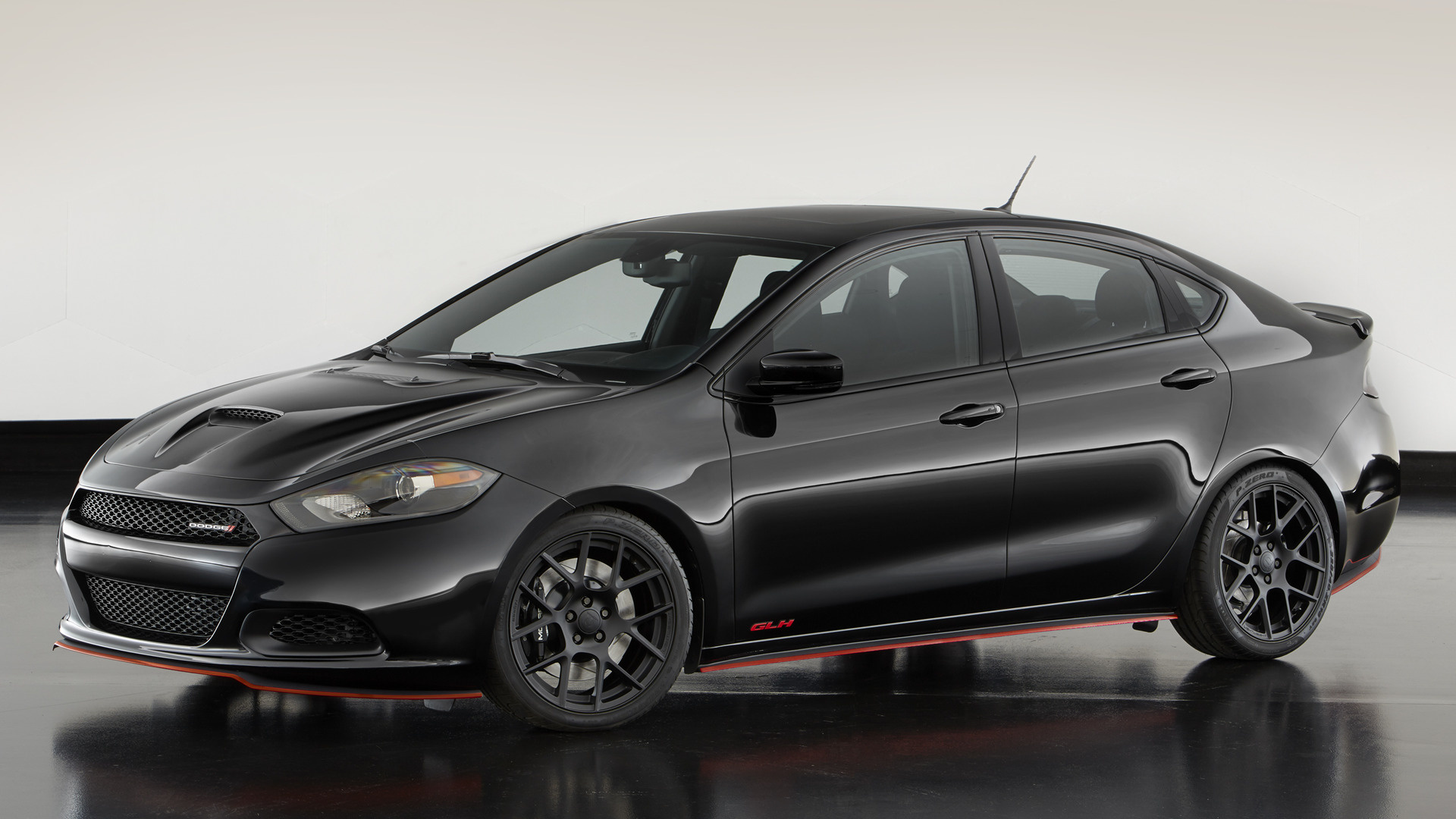

The Dart line was offered in three trim levels: the basic Seneca, mid-range Pioneer, and premium Phoenix. However, the Dart station wagons used the same 122 in (3,099 mm) wheelbase as the upmarket Polara wagons. The Dart sedans and coupes were based on the unibody Plymouth platform with a 118 in (2,997 mm) wheelbase, shorter than the standard-size Dodge line. With the cancellation of Chrysler's upper level DeSoto brand, upper-level Dodge products were pushed upmarket, while using Plymouth products with more features for lower-level Dodge products. This was promptly rejected in favor of Dart. Project planners proposed the name Dart, only to have Chrysler executives demand an expensive research program that produced the name Zipp. Dodge dealers had been selling Plymouths since 1930, but divisional restructuring took the Plymouth brand away from the Dodge dealer network. They were downsized large cars developed to replace Plymouths in the standard, low-priced car segment for the Dodge dealer network. The first Dodge Darts were introduced for the 1960 model year. The Dart nameplate was resurrected for a Fiat-derived compact car that was introduced in 2012. The production Dart was introduced as a lower-priced, full-size Dodge in 19, became a mid-size car for 1962, and then was a compact from 1963 to 1976. The Dart name originally appeared on a 1956 Chrysler show car featuring a streamlined body designed by the Italian coachbuilder Carrozzeria Ghia that was later modified and renamed the Dart Diablo. Talbot Tagora (for Barreiros models/Spain)ĭodge Dart is a line of automobiles marketed by Dodge from the 1959 to 1976 model years in North America, with production extended to later years in various other markets. Luxury car ( F-segment, for Spanish market)


 0 kommentar(er)
0 kommentar(er)
